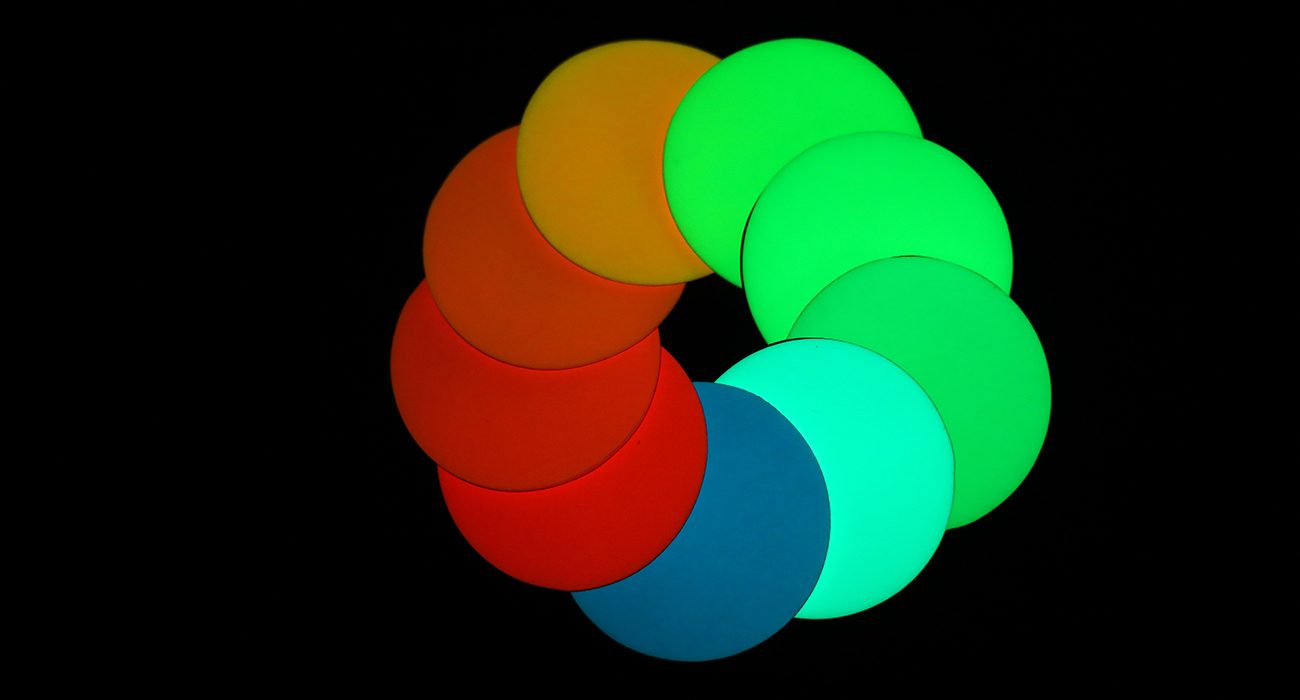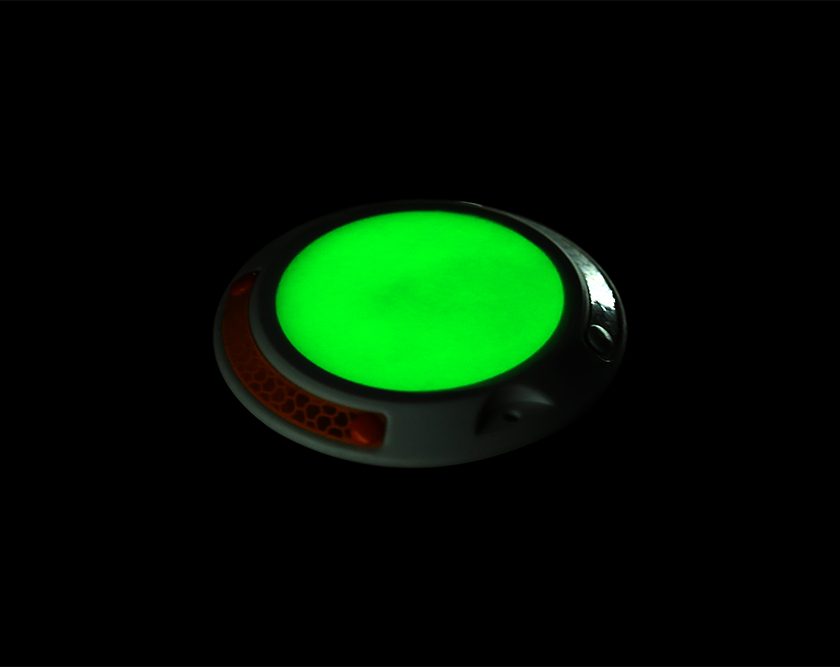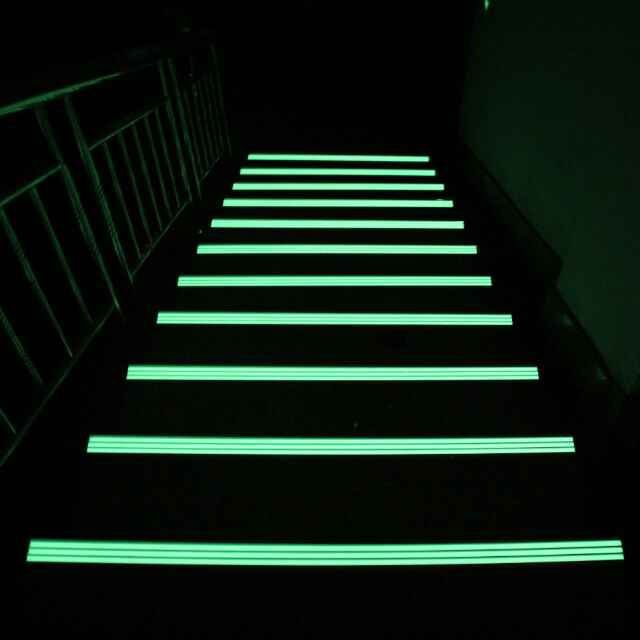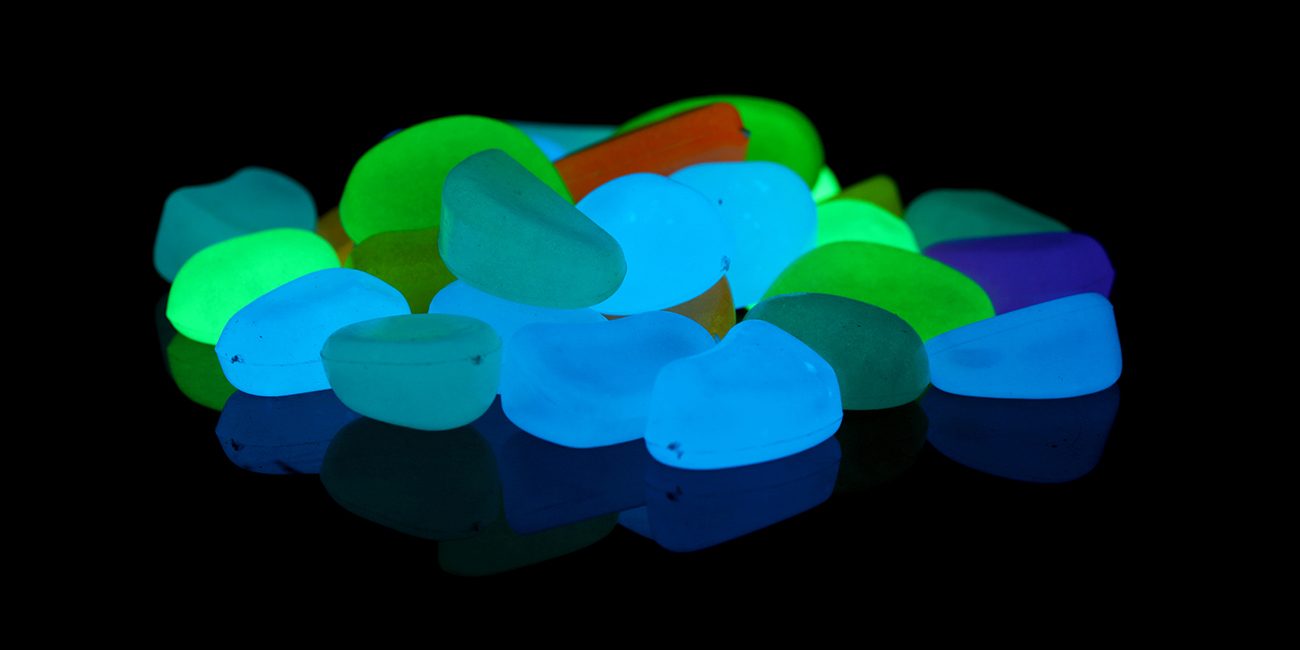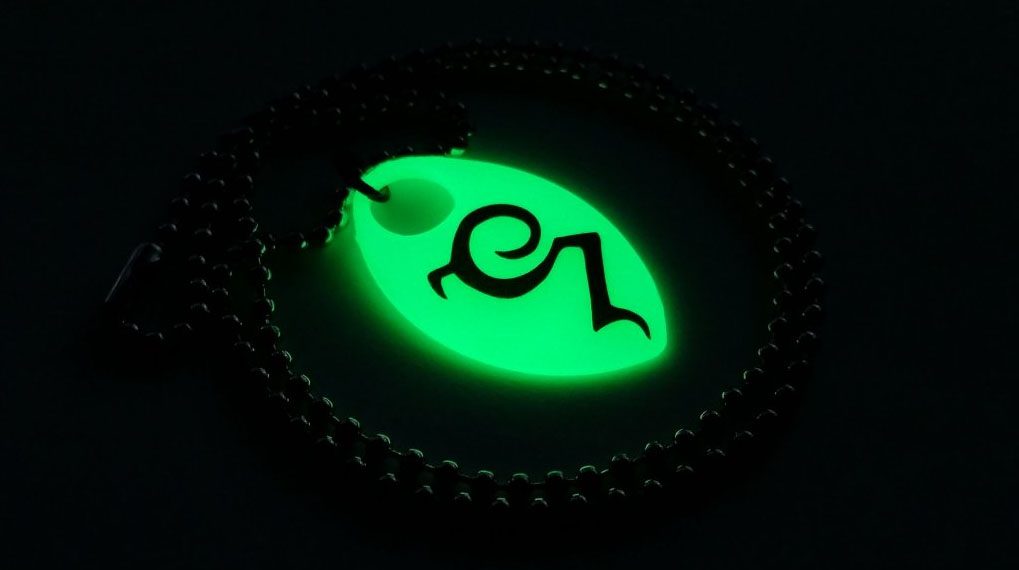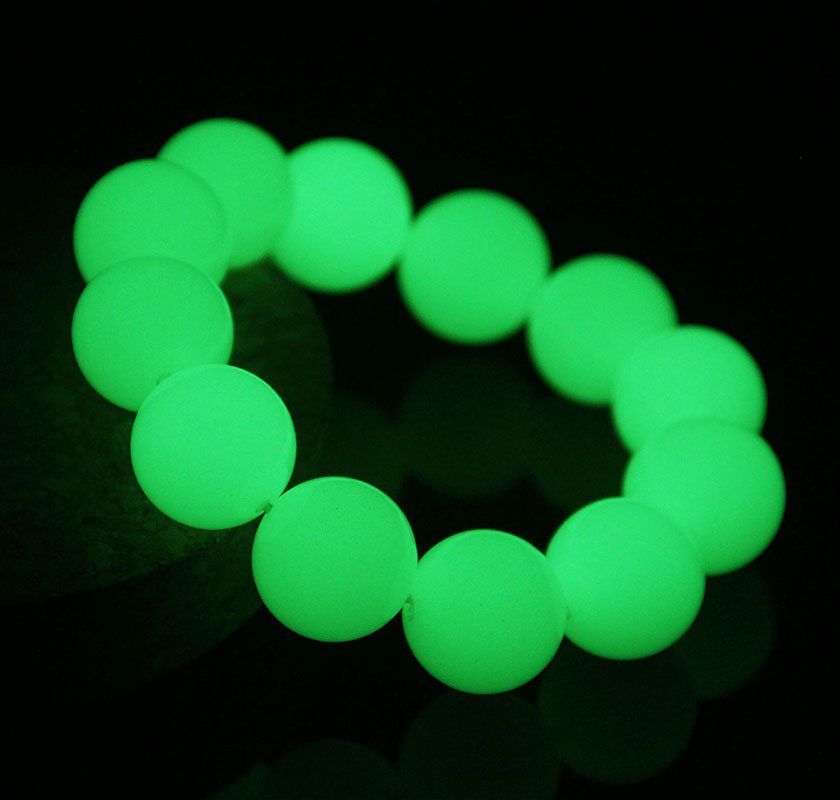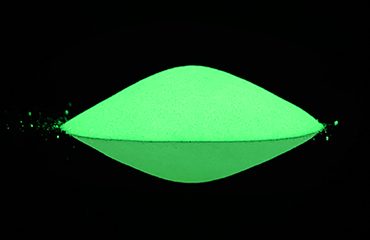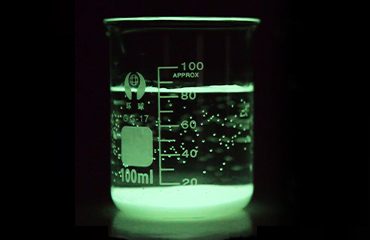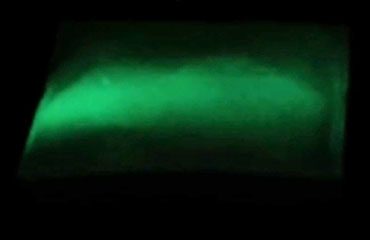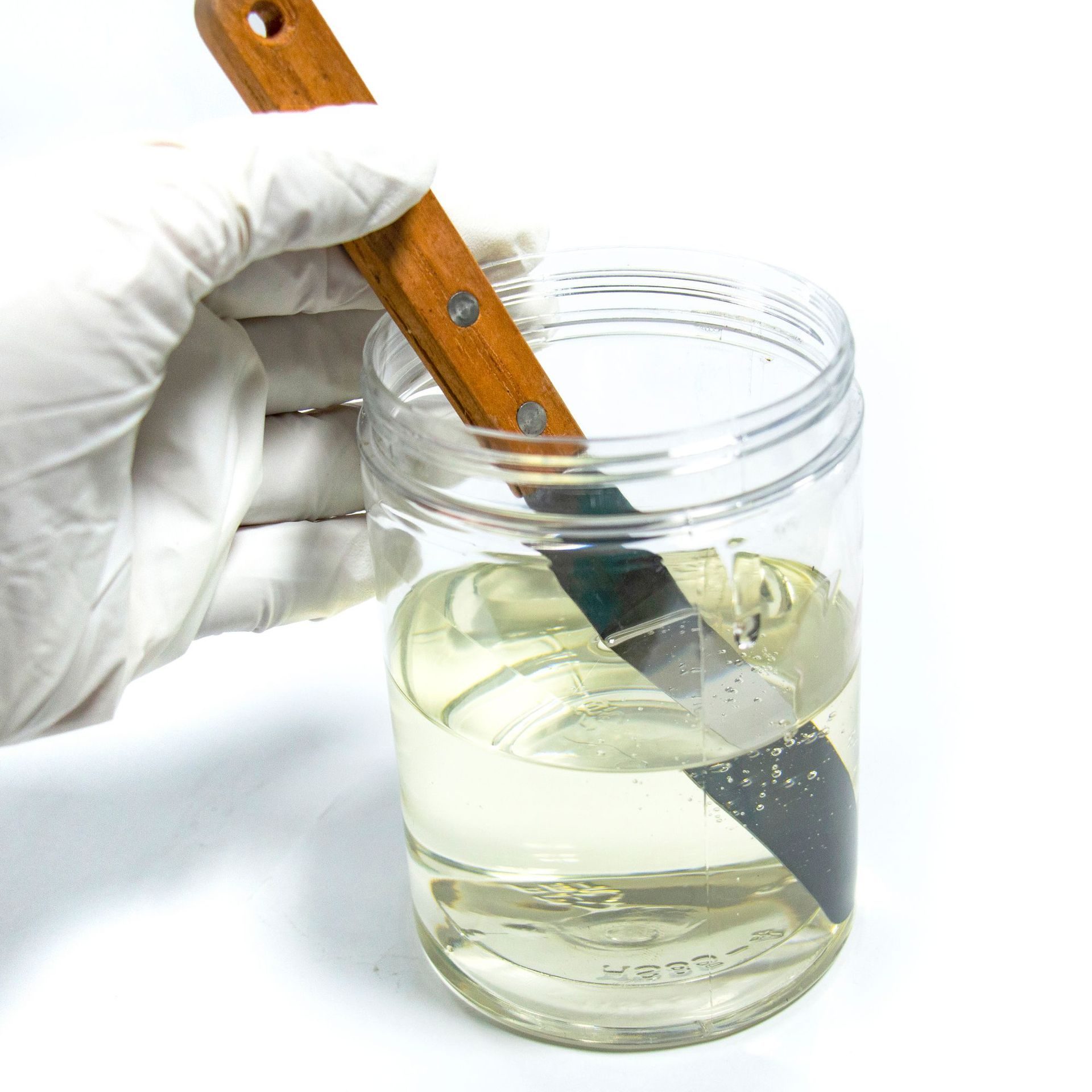
glow in the dark powder mixed with resin
Glow in the dark powder is the most effective way to bring your resin crafts and jewelry to life.
It’s non-toxic, non-radiation and environmentally friendly.
Glow in the dark powder can be mixed with transparent colorless liquid resin,used in various resin crafts, jewelry or furniture. It’s perfect for using in resin technology—especially casting. It is characterized by absorbing and storing all kinds of visible light in the daytime, emitting light in the dark environment, and the brightness will fade away with time goes by. various colors of pigment can be chosen.
We need to choose different particle sizes of glow in the dark powder according to different processes and applications. The customer’s requirements for the smoothness of the product surface and the thickness of the resin layer will also affect the choice of glow in the dark powder particle size.


